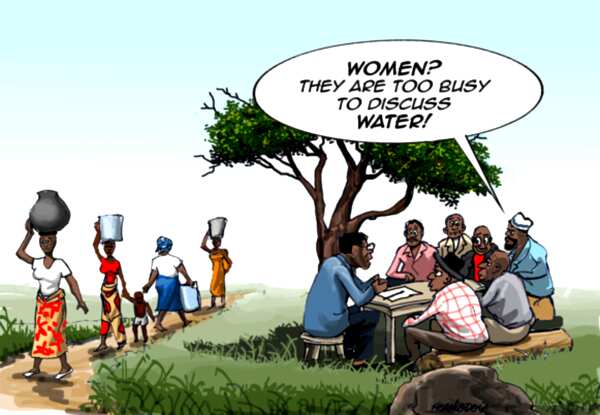

In its approach, the Convention covers three dimensions of the situation of women. The agenda for equality is specified in fourteen subsequent articles.
Giving preferential treatment makes equal treatment unequal full#
The Convention gives positive affirmation to the principle of equality by requiring States parties to take "all appropriate measures, including legislation, to ensure the full development and advancement of women, for the purpose of guaranteeing them the exercise and enjoyment of human rights and fundamental freedoms on a basis of equality with men"(article 3). As defined in article 1, discrimination is understood as "any distinction, exclusion or restriction made o.1 the basis of sex.in the political, economic, social, cultural, civil or any other field". In its preamble, the Convention explicitly acknowledges that "extensive discrimination against women continues to exist", and emphasizes that such discrimination "violates the principles of equality of rights and respect for human dignity". In so doing, the Convention establishes not only an international bill of rights for women, but also an agenda for action by countries to guarantee the enjoyment of those rights. The present document spells out the meaning of equality and how it can be achieved. The spirit of the Convention is rooted in the goals of the United Nations: to reaffirm faith in fundamental human rights, in the dignity,v and worth of the human person, in the equal rights of men and women. These efforts for the advancement of women have resulted in several declarations and conventions, of which the Convention on the Elimination of All Forms of Discrimination against Women is the central and most comprehensive document.Īmong the international human rights treaties, the Convention takes an important place in bringing the female half of humanity into the focus of human rights concerns. The Commission's work has been instrumental in bringing to light all the areas in which women are denied equality with men. The Convention was the culmination of more than thirty years of work by the United Nations Commission on the Status of Women, a body established in 1946 to monitor the situation of women and to promote women's rights. By the tenth anniversary of the Convention in 1989, almost one hundred nations have agreed to be bound by its provisions.

It entered into force as an international treaty on 3 September 1981 after the twentieth country had ratified it. On 18 December 1979, the Convention on the Elimination of All Forms of Discrimination against Women was adopted by the United Nations General Assembly. Entry into force: 3 September 1981, in accordance with article 27(1).


 0 kommentar(er)
0 kommentar(er)
